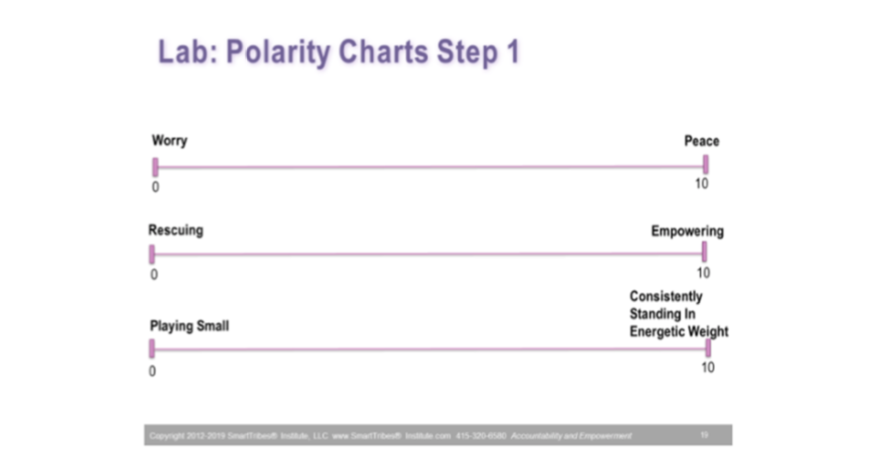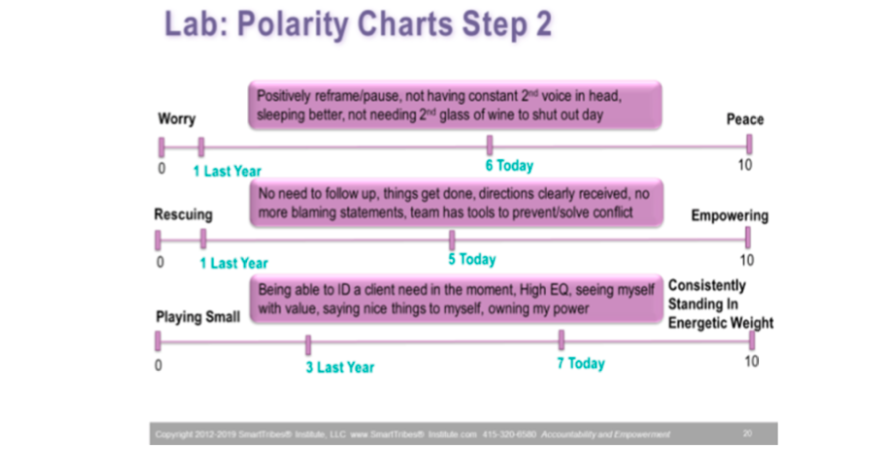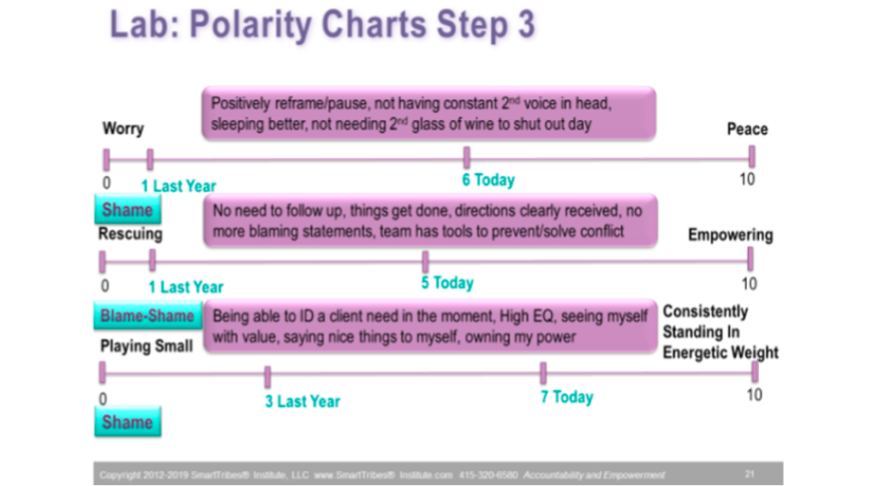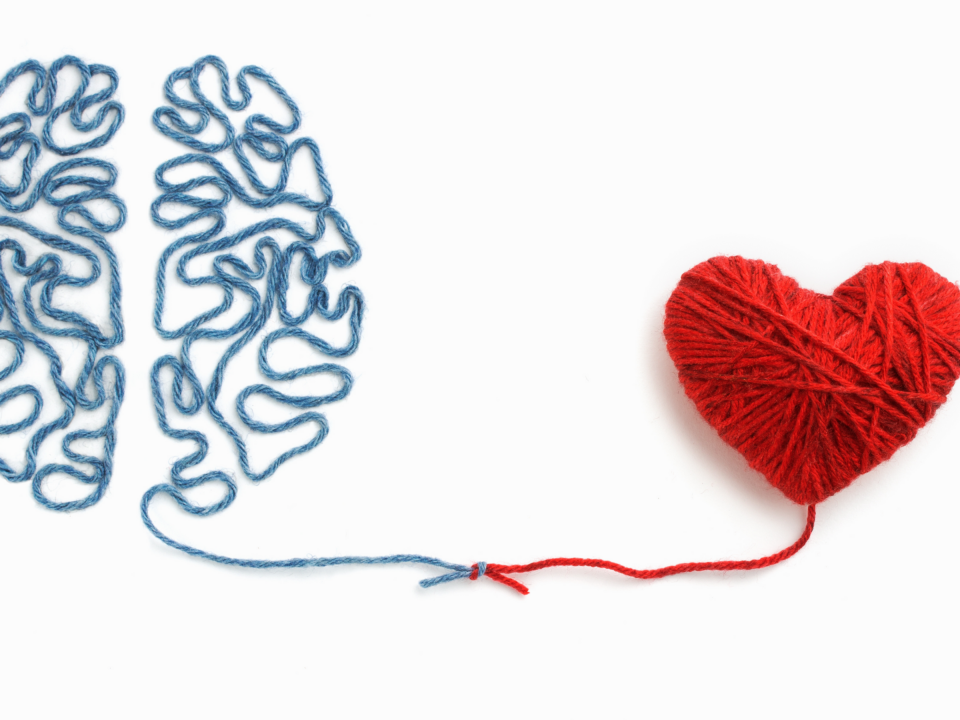
The Neuroscience of Motivation
October 28, 2019
Boost Your Brain Power With More Sleep
November 11, 2019
If you’re not sure, take this 7 minute assessment to find yours. Then we’ll use polarity charts to help you shine some light into your key blindspots and start to shift your behavior. We’ll work on the key practices that will help you bust your leadership blindspots once and for all!
As a leadership and culture coach I invest a lot of time helping people and teams to change their behavior. I also, of course, need to invest significant time on myself too (otherwise my work would be pretty hypocritical!).
Bust Your Leadership Blindspots
In past blogs I’ve explained our super useful leadership tool, the Outcome Frame. It consists of a series of questions to help you find out what you would like. The questions are:
- What would you like (a positive outcome you can create without anyone else)?
- What will having that do for you (benefits, how you’ll feel)?
- How will you know when you have it (proof, something quantifiable)?
- What of what might you risk/lose to get it (what trade offs will you make and what side effects may occur)?
- When, where, with whom would you like it (context)?
- What are your next steps (get into action)?
If you didn’t take the assessment above, please do a quick outcome frame with the 6 questions above to identify what you want to work on in your polarity chart. If you seriously want to bust your leadership blindspots, you have to identify which ones you’re going to work on first!
Unpack Your Blindspots To Bust Them
For your polarity chart you’ll pick 3 key behaviors you want to change, plus the opposite (desired) behavior you want to put in each behavior’s place. Let’s say you want to:
- Decrease worry and increase peace
- Minimize rescuing and increase empowerment
- Stop playing small and increase standing in your energetic weight
Here are the steps:
1. Draw 3 horizontal lines. Place the behaviors you want to change/decrease: worry, rescuing, playing small on the left of each line (range) at zero. Place their corresponding positive/helpful behavior on the right side of the range at 10.

2. Next, list how you’ll know when you have that new desired behavioral alternative by using question 3 of the outcome frame. Place this text in the middle of each range to show how you’ll track your progress. Now list where you are numerically right now for each behavior, as well as where you were in the past. The past can be last year, last quarter, whatever feels like a worthy chunk of time.

3. And finally feel into what’s beneath the behavior. Is it blame (blaming others for not behaving a certain way, which is how you justify your behavior), or shame (blaming yourself for not showing up as deeply in leadership and thus not modeling this behavior). Neither one is right or wrong, all we’re aiming for here is self-awareness.

Once Busted, Time to Blow Up
Now comes the best part! Work with your coach to shift your behaviors.
If you don’t have one, dive into when the behavior began by using our Parts Process. If you’re really serious about creating change, use our Maneuvers of Consciousness Process to reduce the resistant energy around it. Then start tracking your behavior change, making sure to use Outcome Frames and the Feedback Frame with your team to help them support you in the change. And if you need more help, reach out to me.
The Net-Net
- Behaviors exist for a reason. Find out what you want to change, and how you’ll know when the change is complete.
- Behavior change benefits profoundly from being defined and tracked, as we need to keep our energy up and avoid being discouraged for more complex changes that take time.
- By visually seeing the change we want and tracking it our brain experiences progress, since goals are perceived by it as social, spatial, psychological.
What behavior would you like to change?




